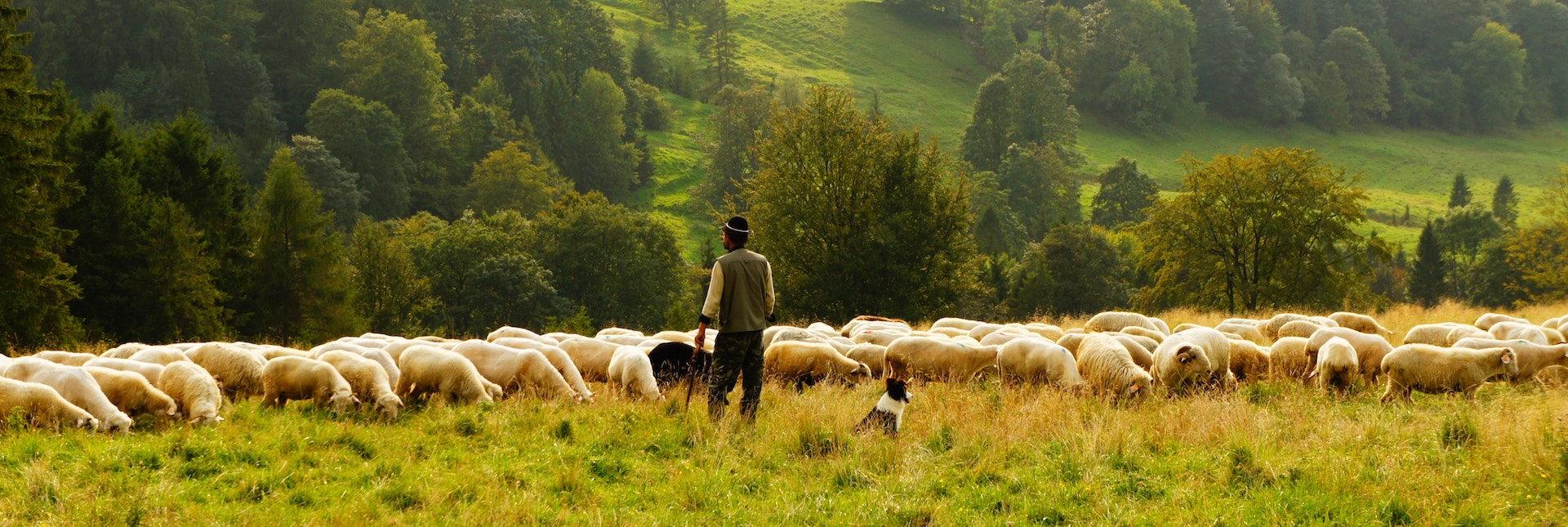Poultry
Poultry challenge
Poultry production faces various challenges that can impact the health, welfare, and profitability of poultry operations. Here are some common challenges faced by the poultry industry:
- Disease Management: Poultry can be susceptible to various diseases, including viral, bacterial, and parasitic infections. Challenges such as avian influenza, Newcastle disease, coccidiosis, and respiratory diseases can significantly impact flock health and productivity. Implementing robust biosecurity measures, vaccination programs, proper sanitation, and regular veterinary monitoring are essential for disease prevention and control.
- Antibiotic Resistance and Responsible Antibiotic Use: The emergence of antibiotic resistance is a global concern. The poultry industry faces challenges related to responsible antibiotic use, including reducing the reliance on antibiotics for growth promotion and implementing appropriate treatment protocols. Implementing alternatives to antibiotics, such as probiotics, prebiotics, vaccines, and improved management practices, is crucial for sustainable disease management.

- Welfare and Housing: Providing appropriate housing and ensuring good welfare conditions are critical for poultry. Challenges include maintaining proper ventilation, temperature control, litter quality, and sufficient space to allow for natural behaviors. Adhering to welfare guidelines, such as the Five Freedoms, and implementing enriched environments, proper lighting, and ventilation systems help address welfare challenges.
- Feed Quality and Nutrition: Proper nutrition is essential for poultry health and production. Challenges include ensuring a balanced diet, optimizing feed formulation, preventing nutrient deficiencies or excesses, and addressing feed quality issues such as mycotoxin contamination. Proper feed management, including regular feed analysis, quality control, and appropriate supplementation, is necessary to meet the nutritional needs of poultry.
- Environmental Impact: Poultry production can have environmental impacts if not managed properly. Challenges include managing and mitigating the disposal of manure, controlling ammonia emissions, and minimizing nutrient runoff. Implementing waste management practices, such as nutrient management plans, proper manure storage, and utilization as fertilizer, is important for reducing environmental impacts.
- Zoonotic Diseases and Food Safety: Poultry can be carriers of zoonotic pathogens, such as Salmonella and Campylobacter, which pose risks to human health. Challenges include reducing the prevalence of these pathogens in poultry products and implementing robust food safety measures throughout the production and processing chain. Implementing strict biosecurity protocols, hygiene practices, and proper cooking and handling of poultry products are essential for food safety.
- Market Volatility and Economic Factors: The poultry industry faces challenges related to market volatility, input costs, trade barriers, and consumer preferences. Economic factors, including feed prices, energy costs, and competition, can impact profitability. Developing strong market connections, diversifying product offerings, implementing efficient production systems, and monitoring market trends are crucial for navigating economic challenges.
Addressing these challenges requires a multifaceted approach that includes implementing best management practices, continuous monitoring, investment in research and innovation, collaboration among stakeholders, and adherence to industry guidelines and regulations. The poultry industry must strive for sustainable and responsible practices that prioritize animal health, welfare, food safety, and environmental stewardship.
Innovative Approaches to Feed Quality
Ensuring feed quality is crucial for animal health, performance, and overall production efficiency. Here are some innovative approaches and technologies being used to enhance feed quality:
- Near-Infrared Spectroscopy (NIRS): NIRS is a rapid and non-destructive analytical technique used to assess the nutritional composition of feed ingredients and finished feeds. It provides real-time analysis of key parameters such as moisture content, protein, fiber, fat, and minerals. NIRS allows for quicker quality control checks and enables adjustments in feed formulations for optimal nutrient content.
- Precision Feeding: Precision feeding involves the precise matching of nutrient supply to the nutritional requirements of individual animals. It utilizes advanced monitoring technologies, such as electronic feeders and sensors, to measure individual intake and track animal performance. This approach helps optimize feed utilization, reduce waste, and minimize nutrient imbalances.
- Mycotoxin Management: Mycotoxins are toxic compounds produced by certain molds that can contaminate feed ingredients and negatively impact animal health and performance. Innovative approaches for mycotoxin management include the use of mycotoxin binders or adsorbents that bind to and neutralize mycotoxins, as well as the development of genetically modified crops with enhanced resistance to mycotoxin-producing fungi.
- Feed Additives: Various feed additives are used to improve feed quality and animal performance. Probiotics, prebiotics, and synbiotics enhance gut health and nutrient utilization. Enzymes are used to enhance the digestibility of feed ingredients. Organic acids, essential oils, and botanical extracts can act as natural alternatives to promote feed preservation and inhibit microbial growth.
- Quality Assurance Programs: Implementation of comprehensive quality assurance programs helps monitor and maintain feed quality throughout the production process. This includes rigorous testing of incoming ingredients, regular checks during feed manufacturing, and verification of finished feed quality. Advanced quality control systems and automation technologies improve accuracy, consistency, and traceability in feed production.
- Alternative Feed Ingredients: Exploring and incorporating alternative feed ingredients can contribute to improved feed quality. This includes the utilization of by-products from various industries (e.g., brewing, biodiesel) as feed ingredients, reducing waste and environmental impact. Novel protein sources, such as insect meal or single-cell proteins, are being researched as sustainable alternatives to traditional protein sources like soybean meal or fishmeal.
- Data Analytics and Predictive Modeling: Advanced data analytics and predictive modeling techniques enable the analysis of large datasets to identify patterns, correlations, and potential feed quality issues. Machine learning algorithms can help predict feed quality parameters based on historical data, aiding in proactive decision-making and process optimization.
- These innovative approaches to feed quality management contribute to better nutrition, animal health, and overall productivity in the livestock industry. Adoption of these technologies and practices can enhance efficiency, sustainability, and profitability for feed manufacturers, farmers, and the entire value chain.








